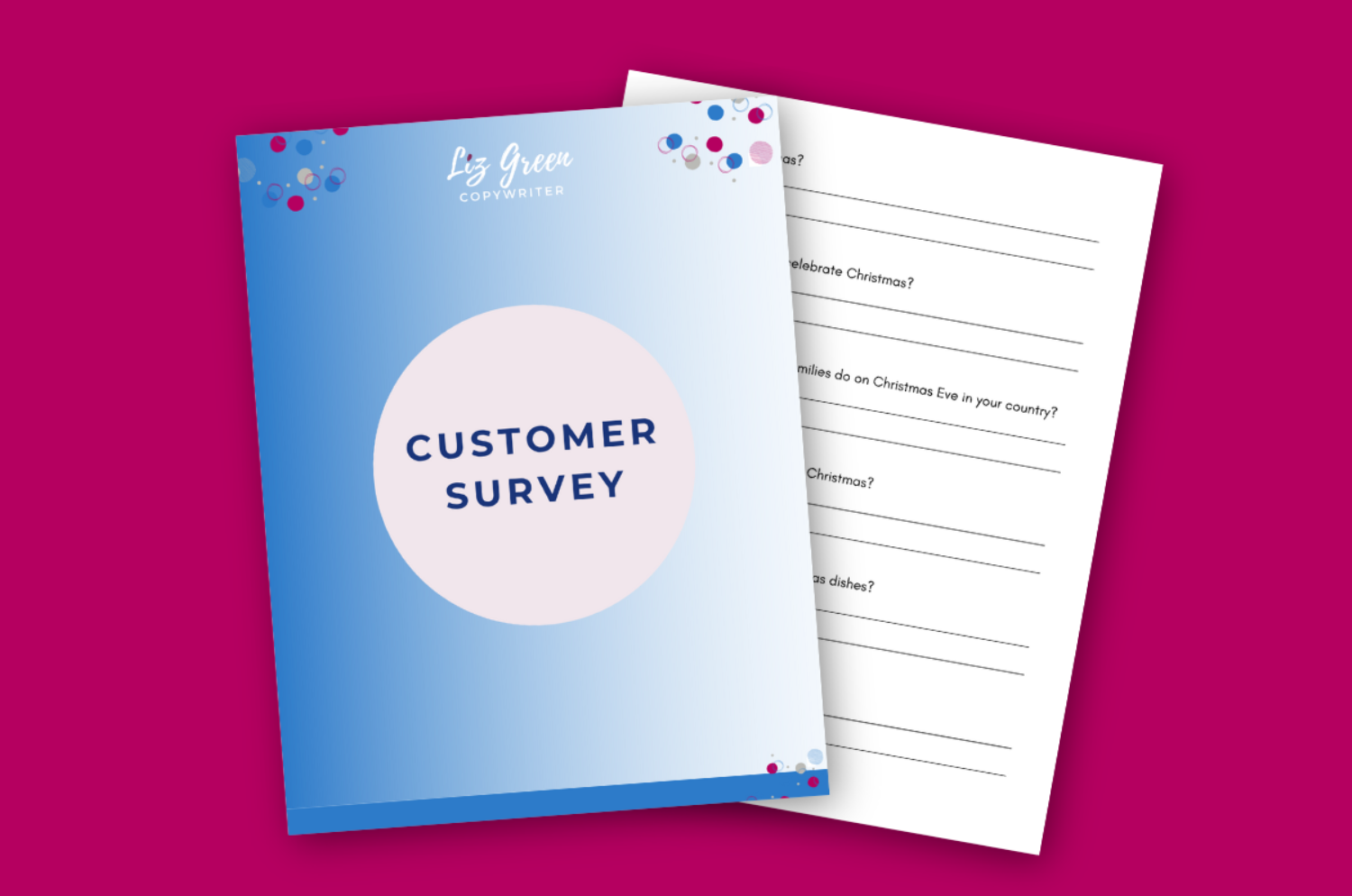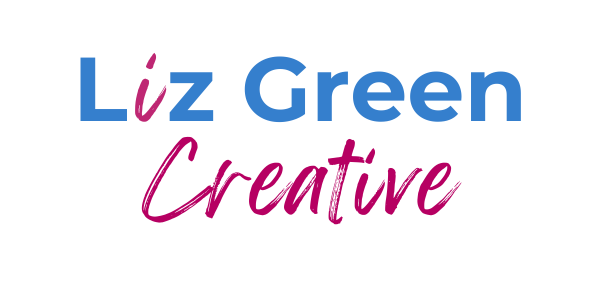Want to avoid wasting precious time (and cash) creating lead magnets or paid offers that aren’t a high priority for your target audience?
Try this underrated strategy…

Ask your ideal clients and find out what matters MOST to them!
You can use a tailored customer survey to check in with your clients and simply ask about their experience working with you.
It sounds obvious – right?
But, the longer you’re in business, the easier it can be to believe you know everything about your target audience. What they care about. Why they buy from you – and why they don’t.
So if sales take a dip, it’s tempting to do what’s worked before without investigating further. So you offer a tried-and-tested incentive like a discount or a freebie. Throw some money at ads. Or even update your offers but the reality is…
Until you know WHY your ideal clients have changed their buying behaviour – any tweaks you make to your sales strategy or offers are based purely on guesswork.
Which means that for someone with cash flow concerns, a discount might sway their decision to buy.
If, however, there’s a new competitor in the marketplace with messaging that taps into a client need or desire you’ve overlooked – price might not be a deciding factor. And you’ll need a more tailored strategy.
You can use a well-crafted customer survey to give you a sneak peek into what’s actually going on in the hearts and minds of your ideal clients.
And uncover more about their needs and wants – plus anything else that’s influencing their buying decisions. No guesswork required!
HOW TO CRAFT A TAILORED CUSTOMER SURVEY

You can tailor your customer survey to gain greater insight into one specific offer – or the overall customer experience you delivered.
Either way – start by getting clear about the information you need to collect and why. Because this will help you decide which questions you need to ask.
The next step is to write them in a way that encourages detailed answers. (Aim for a maximum of 10 if you want to make participation feel easy and quick.)
5 quick tips to help you write effective survey questions
(so you can better understand your ideal clients & boost your sales)
☆ Ask open-ended questions
Your goal is to understand more about your target audience. So you need questions that deliver more than a short, yes or no and encourage participants to share specific details…
❌ Could I have done anything better?
✅ What, if anything, would have improved your experience working with me?
☆ What not why
Questions that start with *why* can sound accusatory as if they’re attributing blame…
Why did you eat the whole packet of biscuits?
Why didn’t you let me know you’d be late?
The risk with *why* questions is they can deliver a defensive response or completely bring the shutters down.
If you want to trigger a thoughtful detailed (and honest) response – try a *what* question…
❌ Why did you choose to work with me?
✅ What was happening in your life or business that caused you to look for a coach?
☆ One question at a time
Resist the temptation to roll a couple of related questions together.
You might be trying to keep your survey as short as possible to encourage participation but… If you want to avoid confusing your participants and diluting their answers – ask one question at a time.
❌ What was the biggest benefit you experienced working with me? Can you think of 3 other benefits?
✅ What was the biggest benefit you experienced working with me?
✅ Can you think of 3 other benefits of working with me?
☆ Best order for your questions?
I find it makes sense to follow a logical order that aligns with the client experience you’re exploring.
Use your questions to take them through the stages of their customer journey with you. This could include:
- before state – what was happening before they hired you?
- objections – what was preventing them from choosing you?
- expectations – what was their previous experience using a similar service?
- experience – what was it like working with you?
- results – what outcomes did they achieve with your help?
- transformation – what has changed for them since working with you?
☆ Be flexible
Sometimes, despite all your best efforts, you’ll discover that one of your questions doesn’t trigger useful answers. Or people aren’t responding to it in the way you’d hoped.
Your customer survey, like so many elements of marketing, is an experiment. Be open to the idea of tweaking or swapping out questions that aren’t serving you until you start getting consistently insightful answers.
Once you’ve finished writing your questions, pop them into a free survey such as Google Forms. Ask a friend or assistant to try it out for you – this will help you pick up any glitches before you share it more widely.
When you’re ready, copy and share the survey link in a personalised email, via social media or in places where your ideal clients hang out – like online communities or groups (with permission).
HOW YOU ASK FOR PARTICIPATION MATTERS TOO
The most carefully prepared survey with the most brilliant questions is useless if no one completes it.

So you need to be strategic about how you ask for – and encourage participation.
People are more likely to give up a little of their time to answer your questions when you ask for their help – and tell them what to expect:
- how many questions there are, the estimated time it will take, whether it’s anonymous
- what’s the purpose of the survey is/what outcome you’re hoping to achieve? This is more effective if you can attach a genuine benefit to the outcome – for them or someone else
- reassure them it’s easy and there are NO wrong answers – their unique, honest perspective will be invaluable
- whether they will be rewarded for their participation
Use what you already know about your audience to make it as easy as possible to complete the survey:
– An engaged audience might be happy to complete your survey simply to support you or feel part of your community
– A less engaged audience might need an incentive like a gift card, discount or an entry into a prize draw.
(Just remember that the risk with an incentive is that people only participate to get a reward – so they might not dig very deep for their answers.
Try to get around this with clear messaging about what you need from them.)
Once the responses start to flow in, organise your data in a way that’s easiest for you to process and use it. (Most online survey tools let you download your answers straight into a document like a spreadsheet or a table)
Then use the survey answers to understand what your ideal clients care about. And what they want and need from your offers.
Not everything will be useful – look for comments that come up again and again. These are the common experiences, needs or wants you’re searching for.
Then look for ways you can sharpen your messaging and write copy that makes your target audience truly feel seen, heard, understood – and served.
And if you want to dig a little deeper and gather some richer research…
Consider reaching out to any participants who shared their contact details, and ask them if they’d be happy to have a 1:1 chat.
Go on – give it a try. Create a customer survey and discover for yourself how it can help you deepen your connection with your ideal clients – and boost your sales!

Recent Comments